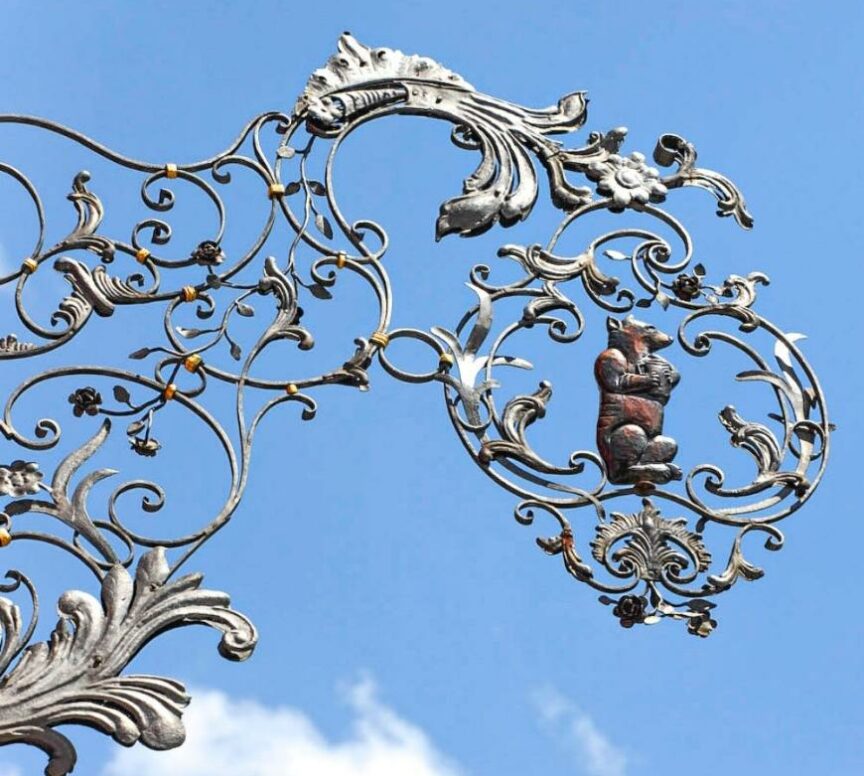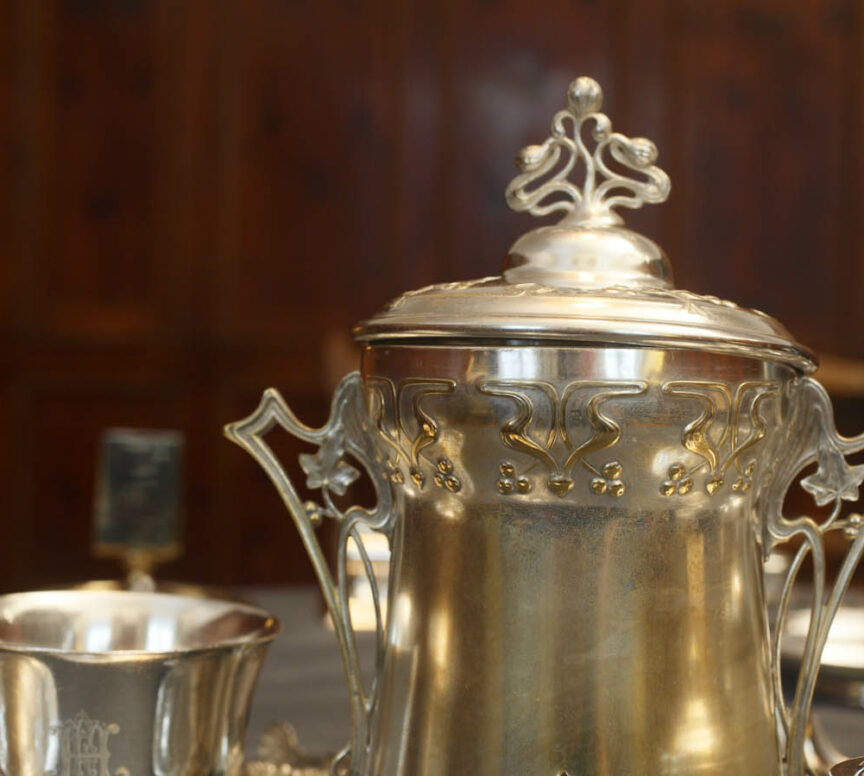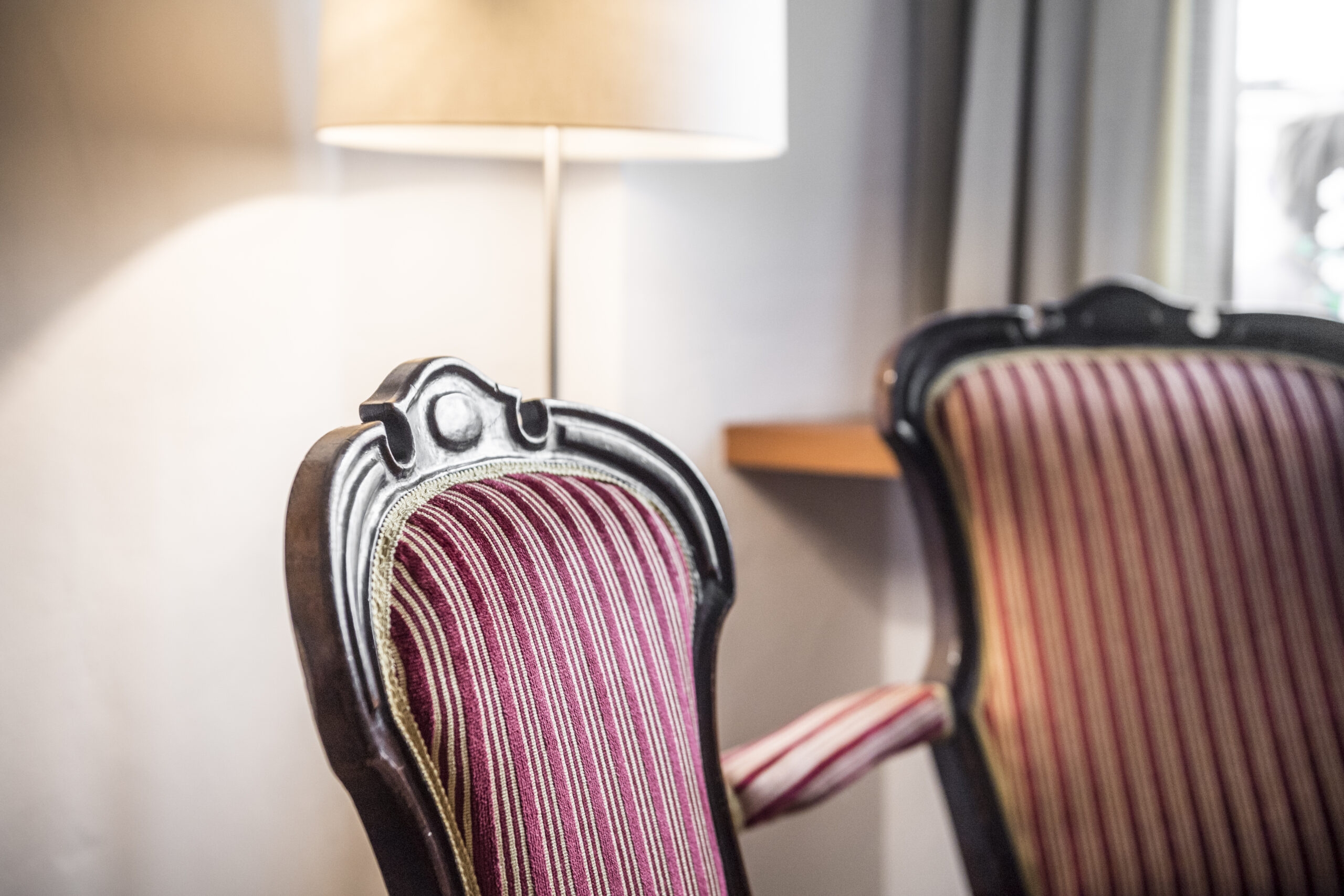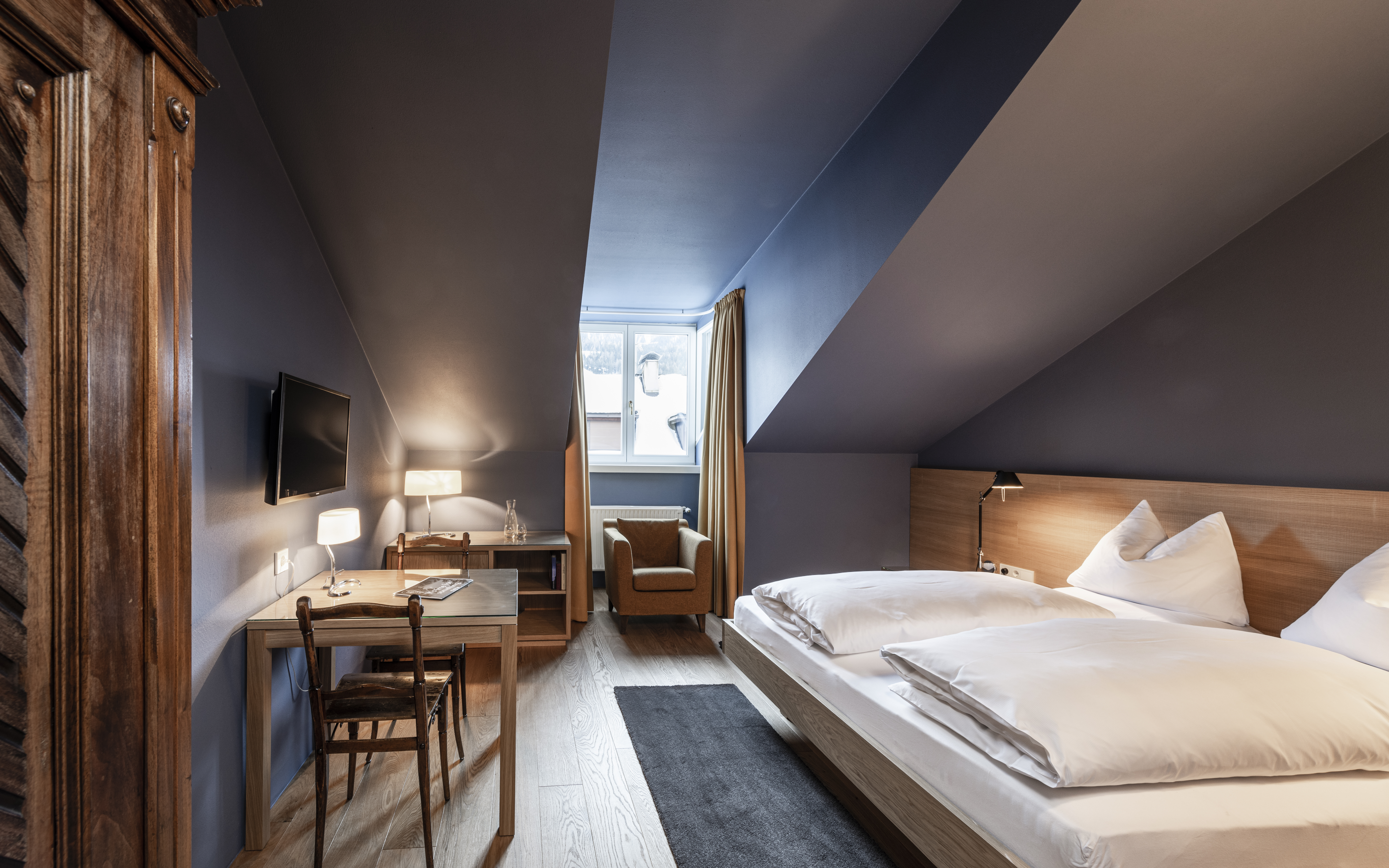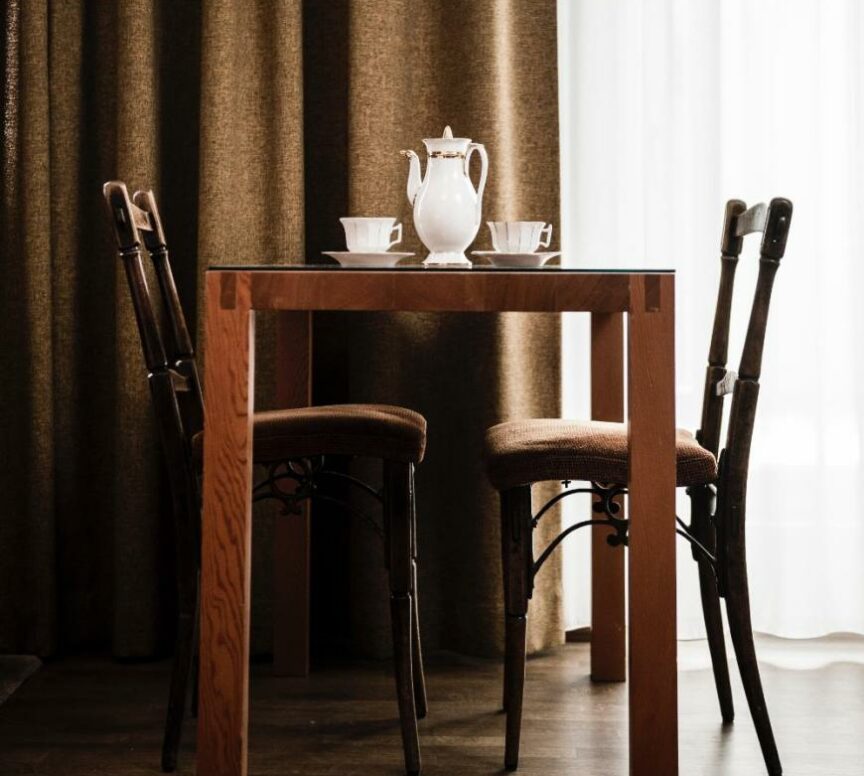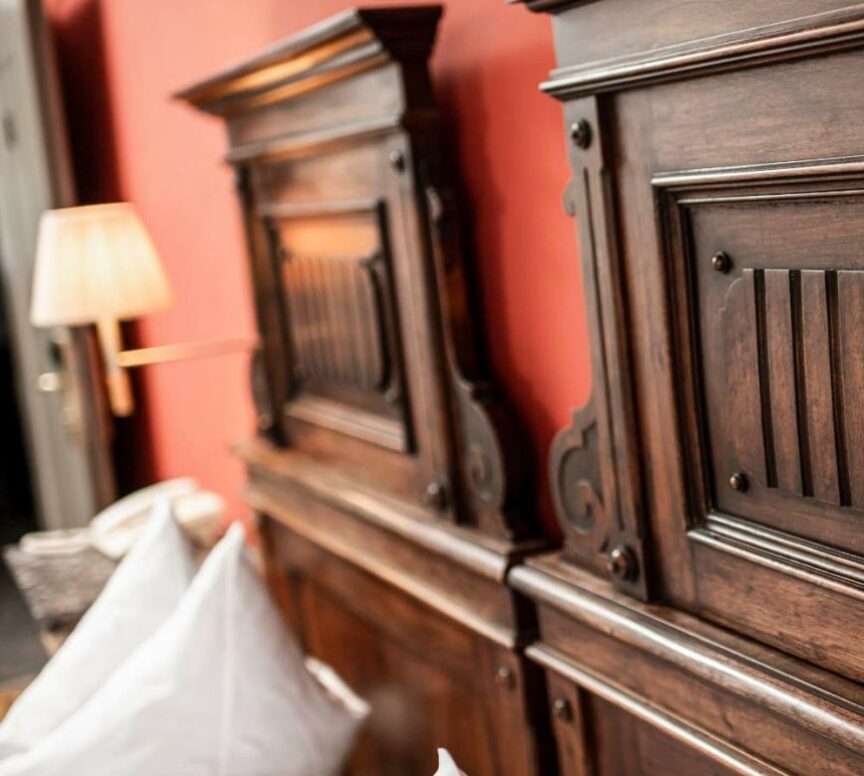THE HISTORY OF THE BOUTIQUE & GOURMET HOTEL ORSO GRIGIO
Historical highlights
When Christopher Columbus set foot in the Americas, the Boutique & Gourmet Hotel Orso Grigio was already up and running.
The building dates back to 1303 when it was granted a market charter. Wagoners and merchants would arrive in town and find room and board “At the Orso Grigio” guest house. In 1462 Conrad Maus appears as the first proprietor of the Orso. Up until the 18th Century, ownership changed hands roughly every hundred years. The Dinzl and Peintner families succeeded the Maus’.
Fires, plague and the Thirty Years’ War were hard times for the guest house, as well. In 1715 Andrä Hueber, owner of the San Candido Baths, purchases the guest house that in 1745 becomes the property of Andrä Kopfsguter di Sillian.
Since then, the “Orso Grigio” has been in the current family, inherited in succession by its descendants .
In 1745 Josef, the last Kopfsguter family heir bequeaths the property to his nephew Franz Hellenstainer because he has no children of his own. Franz was the great-nephew of Emma Hellenstainer, a pioneer in the Tyrolean tourism industry and owner of the renowed “Hotel Emma” in Villabassa.
During the Great War, the front on the Dolomites passes in the immediate vicinity of San Candido, and a military hospital for the Austro-Hungarian army is set up at the Orso Grigio. Hedwig Hellenstainer takes care of the wounded and, as a token of appreciation, the Emperor of Austria awards her with the silver medal of merit.
Unmarried and childless, in 1921 Hedwig makes a suprising decision: in order to pass on the family business, she adopts the young Alpini officer Alfredo Benincasa, originally from the Avellino province, and arranges his marriage to her young cousin, Flora Hellenstainer. Alfredo and Flora conceive 10 children. The eldest daughter – Hedwig – marries into the Ladinser family and dedicates herself with passion as the guest house’s hostess until her death in 1987. Since then, the Orso Grigio has been managed by her son Franz with his daughter Verena.
WHY THE “GREY BEAR”?
The name originates from a legend that dates back to the times of the Freising Bavarian domination of San Candido. As the story goes, the Bishop of Freising, St. Corbinian, was attacked by a bear on his pilgrimage to Rome. The Saint tamed the bear and forced him to carry his pack the rest of the way to Rome. Since then, St. Corbinian – and the patron saint of San Candido, St. Candidus – is always depicted with a bear. This may be why we find the bear on the insignia of San Candido’s oldest guest house.

